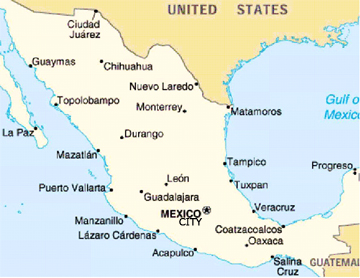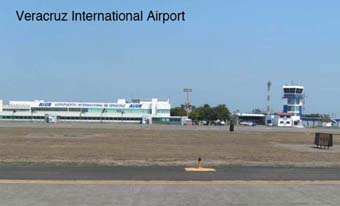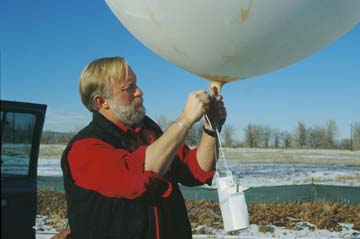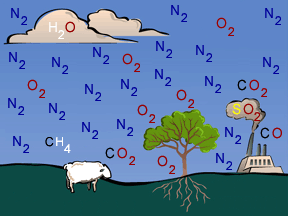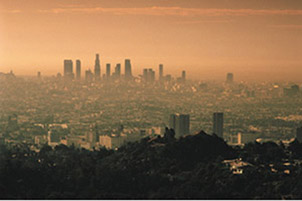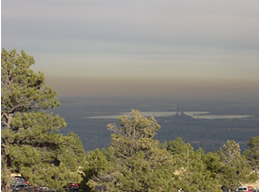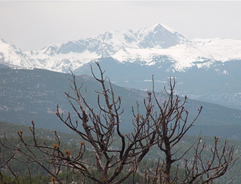Click on image for full size
Introduction to Milagro
One of the most complex field campaigns ever undertaken in the field of atmospheric chemistry began in March 2006. A team of researchers from around the world is in Mexico City for a series of projects known together as MILAGRO. During MILAGRO, the researchers are using airplanes, radars, weather balloons, computers, and dozens of scientific instruments to study the atmosphere in and around Mexico City. Their purpose is to learn more about the air pollution that is emitted from very large cities called megacities.Air pollution affects visibility, human health, agriculture, and ecosystems. As cities around the world grow bigger than ever before, scientists are discovering that urban air pollution is powerful enough to affect Earth's weather and climate. The MILAGRO team is focusing on how the air pollution particles released inside Mexico City change in both their chemical and physical composition as the wind blows them downwind of the city. By making observations and gathering data, the researchers are learning about how the growth of large cities affects the atmosphere on regional and global scales, how this could in turn affect our climate, how better urban planning might prevent some of these negative impacts, and more.
MILAGRO stands for Megacity Initiative: Local and Global Research Observations. The researchers hope they can apply what they learn in Mexico City to other megacities around the world. They chose to hold MILAGRO in Mexico City because it ranks among the world's top three largest cities and has very polluted air. Like most of the world's fast-growing megacities, it is also situated at low latitudes. And at a considerably high elevation of 7,400 feet (2,225 meters), the city's the intense sunlight helps cook up a concoction of air pollutants.
Many people aren't familiar with field campaigns like MILAGRO. A field campaign is when a team of researchers—usually consisting of scientists, technicians, engineers and more—undertakes a large scientific research project in a certain location. Field campaigns can be quite large, lasting for weeks and involving many different people and a variety of scientific instruments. After the campaign, the researchers often spend months and even years analyzing the data they retrieved during the project.


